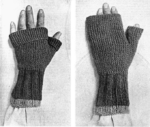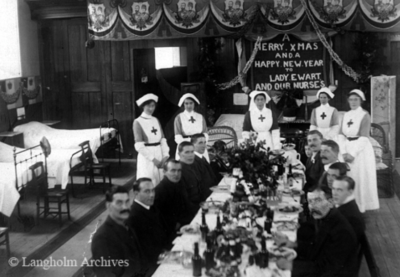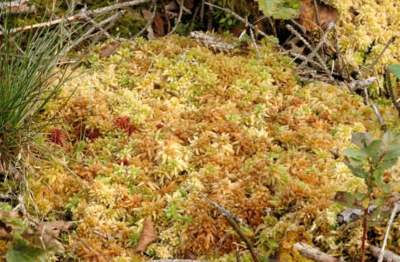Langholm townsfolk gave considerable support to the war effort by means of:
- Parcels and letters
- Knitted clothing
- Uniform manufacturing
- A local Red Cross hospital
- Sphagnum moss dressings
Parcels and letters
These were usually the most valuable and appreciated forms of support for individuals on the front line, many of whom were facing extreme conditions with very limited contact with home.
Stationery was often hard to find and censorship prevented mention of any details deemed to be militarily sensitive, so communications were constrained.
The parcels included tobacco, food items, knitted clothing, newspapers, etc., collectively known as ‘comforts’.
Knitted clothing
Socks, gloves, balaclavas and other woollen items were knitted and included in comforts parcels for soldiers and sailors. Lady French, wife of the British Expeditionary Force’s Commander-in-Chief Sir John French, made an early appeal for mufflers (thick scarves), producing an enthusiastic response.
A surge of knitting produced some eclectic items and some government patterns and guidelines were introduced, including advice on the use of the ‘Kitchener stitch’ which joins two knitted pieces together (also known as ‘grafting’), although the technique was used long beforehand.

Uniform manufacturing
After the outbreak of war, Langholm’s woollen mills were initially severely affected by cancellation of regular business but government orders were soon being received for uniforms. By early 1915, the mills were running at full capacity with about three-quarters of production being for uniforms: khaki for the UK government and blue-grey cloth for the French government.


Khaki was introduced as the standard uniform during the Second Boer War, replacing red coats, to blend in better with the South African landscape. At first there was not enough khaki available for the large surge in recruits, so some old and alternative uniforms were used temporarily, including half a million post office suits.
There was also a severe shortage of dyes, including khaki colour, as much of the supply came from Germany, and it took some time for replacement sources to be found.
Red Cross hospital
The school gymnasium was converted into a hospital ward and local doctors provided medical training to volunteers. Approval was gained to use the Old Parish Church Hall as a Red Cross hospital and the gymnasium ward was discontinued. The Red Cross hospital was opened on 16th October 1914 under the direction of Lady Ewart, wife of Sir Spencer Ewart, head of Scottish Command.
It was designated Dumfries Voluntary Aid Detachment (VAD) 34 and had a female and male corps, assisted by the Scouts. It was the first voluntary hospital in Dumfriesshire to take in sick and wounded servicemen and by its first anniversary had taken care of 184 patients.

Sphagnum moss dressings
In the context of the Great War, ‘sphagnum moss‘ referred to a number of moss species that have valuable absorbency and antiseptic properties, making them very useful as medical dressings and surgical aids, typically wrapped in gauze. They can absorb over 20 times their weight in liquid, more than double the amount for cotton, and their high iodine content kills microbes.

Sphagnum moss from Langholm was highly prized, as seen from this letter:
[To be added]

Fundraising
Langholm townsfolk were under regular demand from national, county and local fundraising campaigns, in addition to requests to give to various causes in kind and in time.
Examples are:
- [To be added]